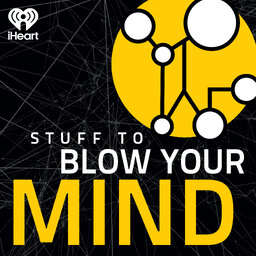Because It Is My Heart, Part 1
Join Robert and Joe in this classic episode of Stuff to Blow Your Mind as they discuss heart removal rituals, supernatural concepts of the heart and the European tradition of heart burial. (originally published 02/14/2023)
 Stuff To Blow Your Mind
Stuff To Blow Your Mind


